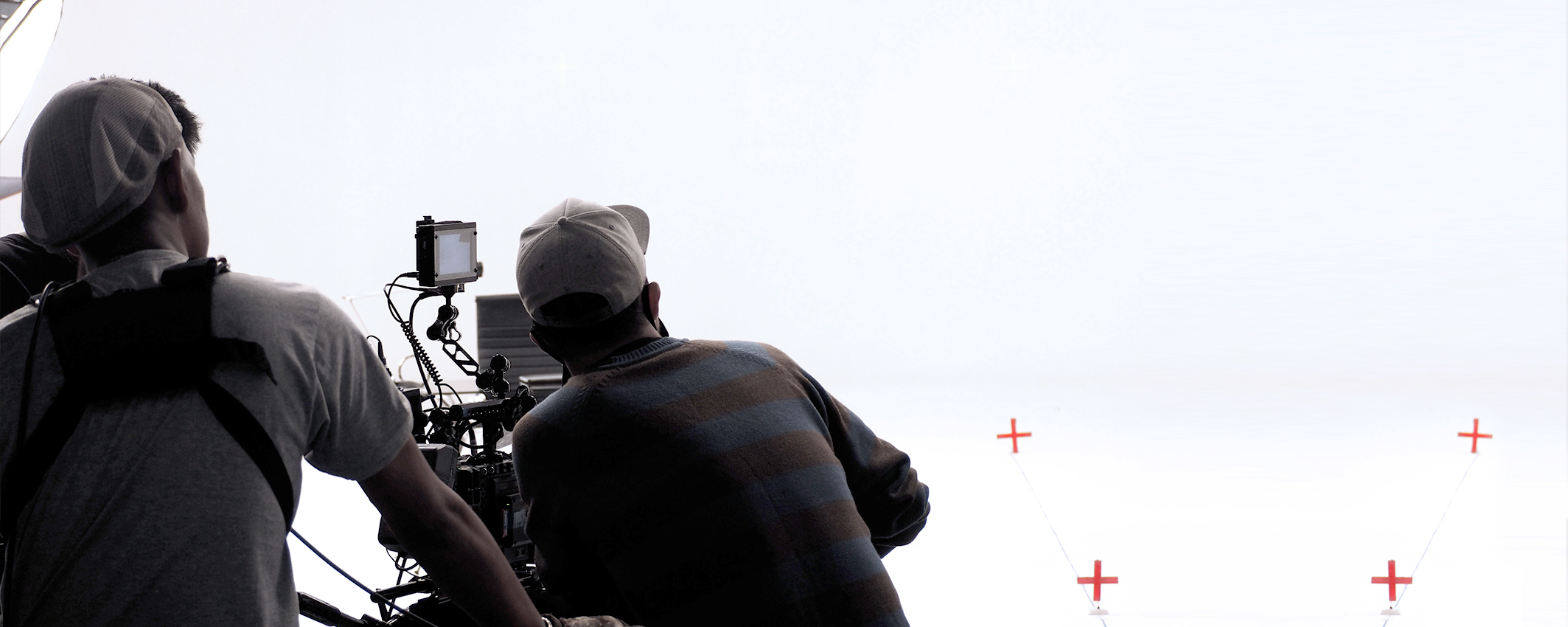 |
CCHU9070 Arts and Humanities
|
Course Description
[This is a certified Communication-intensive (CI) Course which meets all of the requirements endorsed by HKU’s Senate, including (i) the teaching assessment of visual and digital communication ‘literacies’; and (ii) at least 40% of the course grade assigned to communication-rich assessment tasks.]
Explore cinema art and creative expression by making, exhibiting, and writing about short films. The first part of the course takes students through the essentials of motion picture medium in a series of short movie-making exercises to examine framing, lighting, colour, focus, camera positioning, movement, editing and sound design. Observe how space, time, motion, montage, and narrative structure make imagined worlds and capture real-life action in fiction as well as non-fiction films. Students will also attend to transdisciplinary ideas and concepts in other art forms (e.g., photography, painting, literature, architecture, music) in order to effectively communicate meaning on screen. The second part of the course requires students to collaborate to put creative expression into a short film (five to ten minutes). They practice writing project proposals, scripts, storyboards, and festival publicity materials to accompany their productions. They also engage in reflections and peer critiques to consider the social-ethical implications of movies. A student-organized festival will screen completed films at the end of the semester.
[Students are required to participate in and to attend the screening of their final project movies. The screening will be scheduled for the first Wednesday afternoon (4 hours) following the last teaching day.]

Course Learning Outcomes
On completing the course, students will be able to:
-
- Demonstrate the ability to creatively engage the motion picture medium.
- Show mastery of the essentials of film technique and language as well as their relatedness to other art forms.
- Communicate effectively in groups to design and plan a film of fictional or non-fictional mode.
- Produce a short film and exhibit it in a festival setting that takes into account the needs of the target audience and the community it represents.
- Critique films made by others based on an understanding of cinematography, editing, and sound design.
Offer Semester and Day of Teaching
First semester (Wed)
Study Load
| Activities | Number of hours |
| Lectures | 16 |
| Tutorials | 8 |
| Workshops | 6 |
| Reading / Self-study | 20 |
| Film viewing | 8 |
| Film production | 60 |
| Film Festival | 4 |
| Assessment: Reflection writing | 14 |
| Assessment: Presentation (incl preparation) | 20 |
| Total: | 156 |
Assessment: 100% coursework
| Assessment Tasks | Weighting |
| Oral presentation and critique | 10 |
| Instant movies | 30 |
| Short film and production portfolio | 36 |
| Film Festival | 6 |
| Reflection writing | 18 |
Required Reading
- Ascher, S., & Pincus, E. (2013). Filmmaker’s handbook: A comprehensive guide for the digital age (4th ed.). [“The Look of the Movie” (pp. 65-74), “Style and Direction” (pp. 332-353), “Preparing for Production” (pp. 353-365), “Lighting” (pp. 471-480), “Producing the Movie” (pp. 718-730)]
- Corrigan, T., & White, P. (2012). Film experience. [pp. 282-293, 300-301]
- Eldridge, P., & Voss, J. (2001). How to set up a film festival. From https://www.bfi.org.uk/sites/bfi.org.uk/files/downloads/bfi-how-to-set-up-a-film-festival-2001.pdf
- Kolker, R. (1999). Film form and culture. [Chaps. 2 (pp.16-59) & 5 (pp.144-162)]
- Mercado, G. (2011). The filmmaker’s eye: Learning (and breaking) the rules of cinematic composition. [pp. 1-141]
- Murch, W. (2001). In the blink of an eye. [pp.17-28, 52-63]
- Pearlman, K. (2009). Cutting rhythms: Shaping the film edit. [“Perceiving Rhythm” (pp.7-22), “Physical, Emotional”, “Event Rhythms” (pp. 83-89, 91-152)]
Required Viewing
Selections will be from the following film titles:
- Buñuel, L. (1929). Un chien andalou.
- Damenz, J. (2016). Infinite.
- Deren, M. (1943). Meshes of the afternoon.
- Eisenstein, S. (1925). Battleship Potemkin. [“The Odessa Steps” sequence]
- Eisenstein, S. (1928). October. [The “Bridge closing” sequence ]
- Georges Méliès’ short films
- Hou, H. -H. (2007). Flight of the red balloon.
- Jia, Z. (2006). Still life.
- Lam, S. -L., et.al. Grannie
- Lamorisse, A. (1956). The Red Balloon.
- Léger, F. (1924). Ballet mécanique.
- Lumière Brothers’ short films
- Marker, C. (1962). La jetée.
- Pennebaker, D. A. (1953). Daybreak express. From https://phfilms.com/films/daybreak-express/
- Reggio, G. (1983). Koyaanisqatsi.
- Spielberg, S. Schlinder’s List. [Excerpt]
- Vertov, D. (1929). Man with a movie camera.
- Wong, K. -W. (2013). The Grandmaster.
Course Co-ordinator and Teacher(s)
| Course Co-ordinator | Contact |
| Dr E.C.M. Yau School of Humanities (Comparative Literature), Faculty of Arts |
Tel: 3917 5110 Email: yaue@hku.hk |
| Teacher(s) | Contact |
| Dr E.C.M. Yau School of Humanities (Comparative Literature), Faculty of Arts |
Tel: 3917 5110 Email: yaue@hku.hk |

